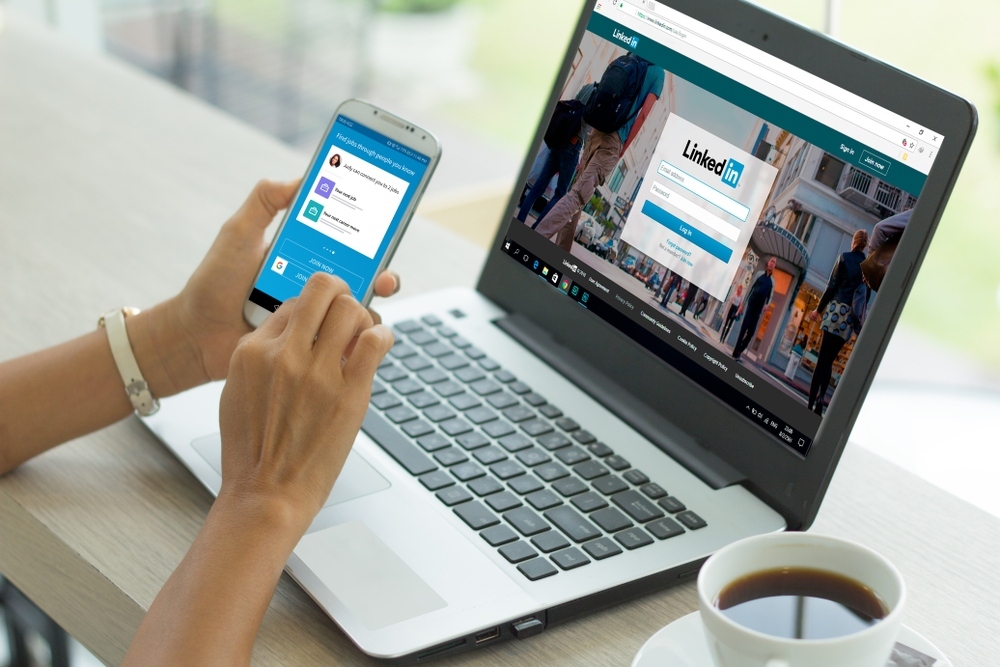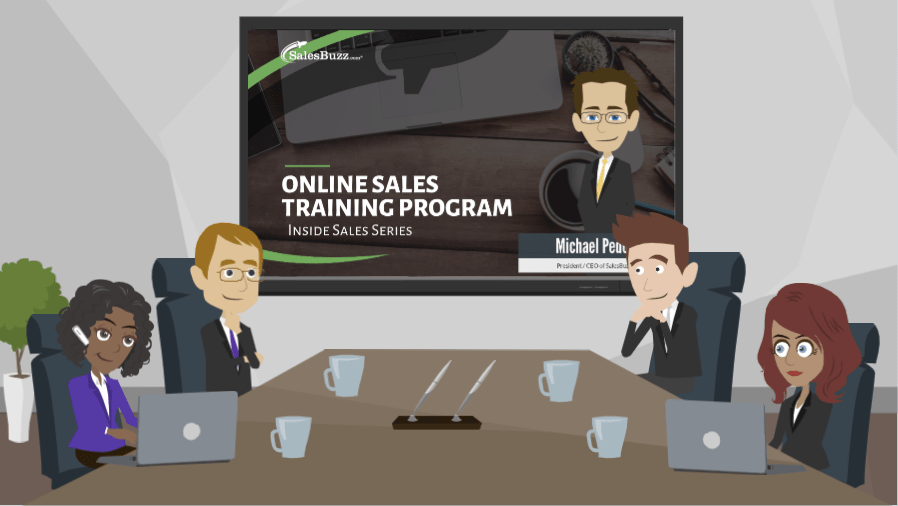Get LinkedIn Prospects to Connect With You

How Inside Sales Reps Can Turn LinkedIn Connection Requests into Opportunities
“I’m an inside sales rep doing my best to take advantage of “social selling” with LinkedIn, but I’m having a hard time getting prospects to accept my connection requests. Any suggestions?”
LinkedIn can be a powerful social selling tool that can help you increase sales – if used correctly.
What makes social selling work for inside sales reps is it gives them the ability to quickly & easily get on a prospect’s radar. It’s a direct channel for branding yourself as an SME (Subject Matter Expert) to your targeted audience at the cost of virtually “free” other than the time you need to put into it.
Now when it comes to reaching out to connect with potential prospects on LinkedIn, there is a default message that most salespeople use when sending their requests.
It looks like this:
“I’d like to add you to my professional network on LinkedIn. – (Your Name Here)”
Some salespeople will change the message to something like:
“I am reaching out because we share some mutual connections.”
If you are a decision-maker, I’m betting this is not the first time you’ve seen that message before. I’m sure your inbox is filled with requests like this from salespeople.
B2B Marketer Pam Dinder did a two-month virtual outreach campaign experiment with “I am reaching out because we share some mutual connections,” which resulted in a low 35% connect rate.
(And yes, 35% is low. It means 65% said “NO,” and once you exceed a certain amount of “NO,” LinkedIn will limit or prevent you from sending out future connection requests)
The reason so few prospects connected? The short answer is, there’s no WHAT’S IN IT FOR ME benefit to connecting with someone just because “we share some mutual connections.”
The problem with the templates above is that nothing beneficial would make a prospect want to accept an invite, let alone check out the requester’s profile.
If the message were:
“I helped (mutual connection) solve (pain point), and he/she recommended I reach out to you to show you how we did it.”
The chances for a higher connection rate would be substantial.
Hidden Motives –
The book “The Elephant in the Brain: Hidden Motives in Everyday Life” discusses why people do what they do and, at the heart of it all, it’s their hidden motives.
Even people that say and believe they genuinely want to help others will have hidden motives, consciously or unconsciously.
For example, a person’s hidden motive could be that they have a deep need to be liked; therefore, they go above and beyond to help others and not want or expect anything in return. They want to be desired.
Another scenario of someone helping without expecting an immediate payback is reciprocity. Doing now so that when needed, favor can be called on.
Just watch a season of Big Brother or Survivor, and you will see this played out in its rawest form.
So when it comes to prospecting, inside sales reps that understand this basic human element will have a clear advantage over their competition.
The very act of an inside sales rep sending a LinkedIn connection request is rooted in a hidden motive – you want them to give you money by making a sale eventually.
This concept of approaching a situation from the other person’s view is not new.
Dale Carnegie’s book “How to Win Friends and Influence People,” published in 1936, exposed this fundamental human element to the masses:
“Over 15 million copies have been sold worldwide, making it one of the best-selling books of all time. In 2011, it was number 19 on Time Magazine’s list of the 100 most influential books.”
Understanding this basic principle is one of the critical elements I attribute to my cold-calling success.
Using the “What’s in it for them” approach when cold calling prospects has helped create opening value statements that eliminate “No, thanks / Not interested / We’re all set” responses from prospects.
Where antiquated sales leaders teach how to “overcome” common cold call objections, today’s top sales reps use techniques that eliminate objections from happening in the first place. This can be significantly achieved by understanding and using the hidden motives principle to your advantage.
Use Hidden Motives to Your Advantage
When you realize that we all have hidden motives in life, especially in business, and not all hidden motives are “bad” or “villainous,” you’ll open yourself up to different ways of thinking and approaching situations. Especially sales situations that will benefit you and your prospects.
After all, at the heart of “sales” is helping people get what they want. So the better you are at viewing things from their perspective and then wording what you say to help further pique their interest in how you can help them is simply a win/win for all involved.
Using the “What’s In It For Me” Rule
So instead of using the standard annoying request form that everyone else uses, try using the WIIFM (What’s In It For Me – with “ME” being your prospect) version.
Put yourself in your prospect’s shoes and think:
- What would it take for me to accept this person’s request?
- What could I get out of it?
- What problems would I have to have that they could help me solve?
- What goals that mean the most to me could this person help me achieve?
You’ll have to create your own, but here’s a word-for-word connection request that I use after someone registers to view our free voicemail strategies webinar:
“Hi (Prospects Name). Thanks for viewing our Voicemail Strategies webinar and hope you found it useful. I’d like to add you to my professional network on LinkedIn in case you decide I may be of some help to you in the future. – Michael Pedone”
By making it more personal and having the WIIFM message, your prospects will be more inclined to accept your request – which will help increase warm inbound leads and make you less dependent on cold ones.
Michael Pedone – Founder of SalesBuzz.com


